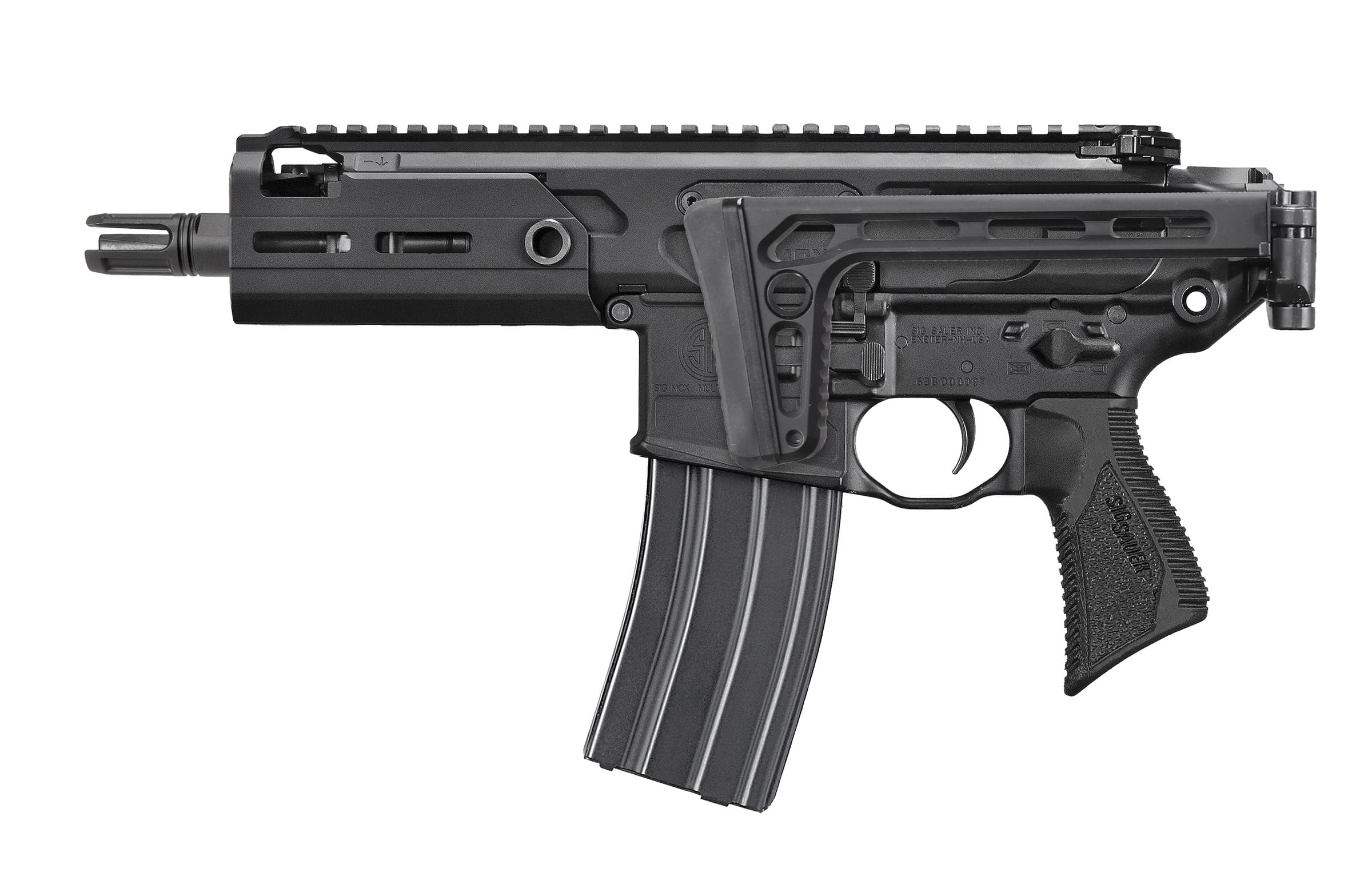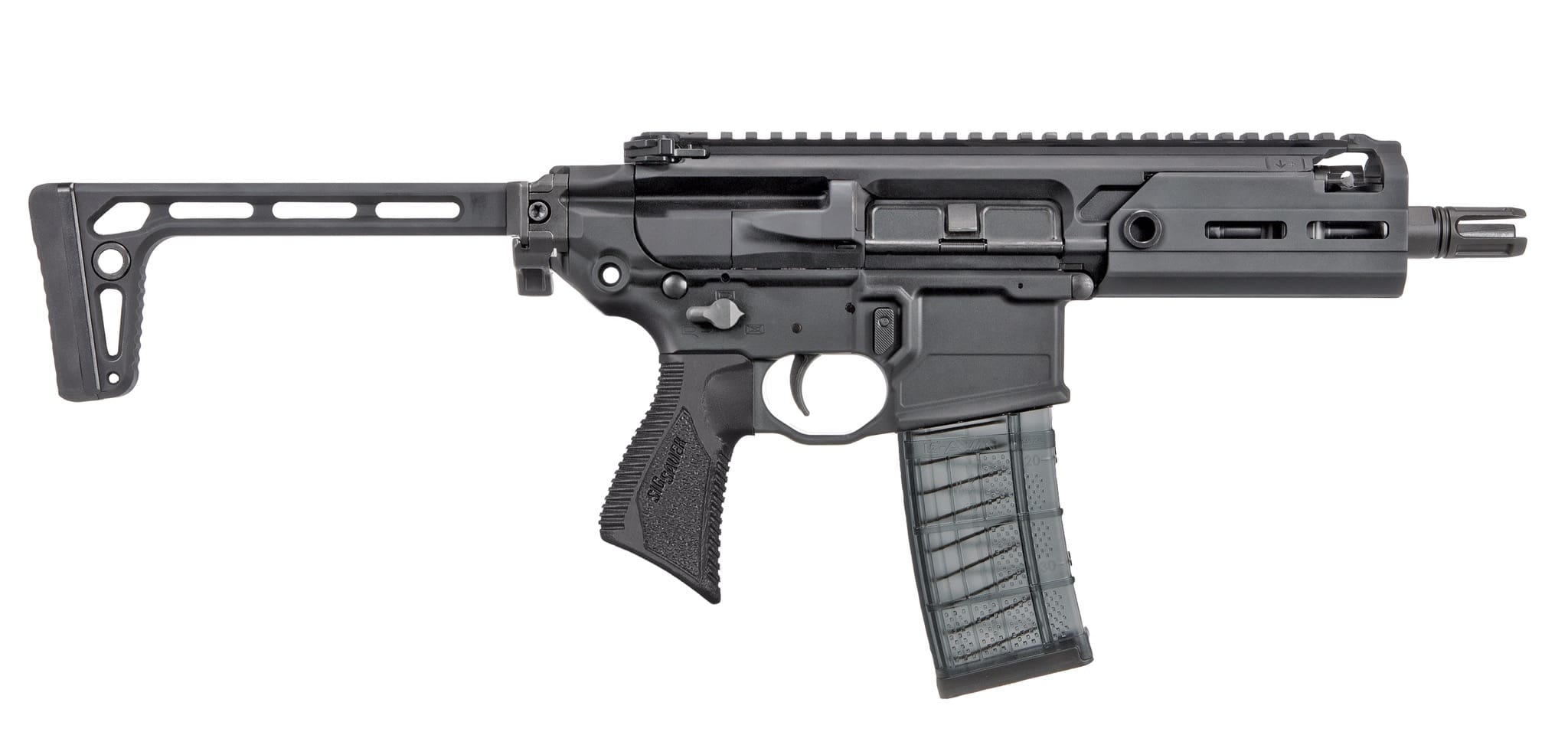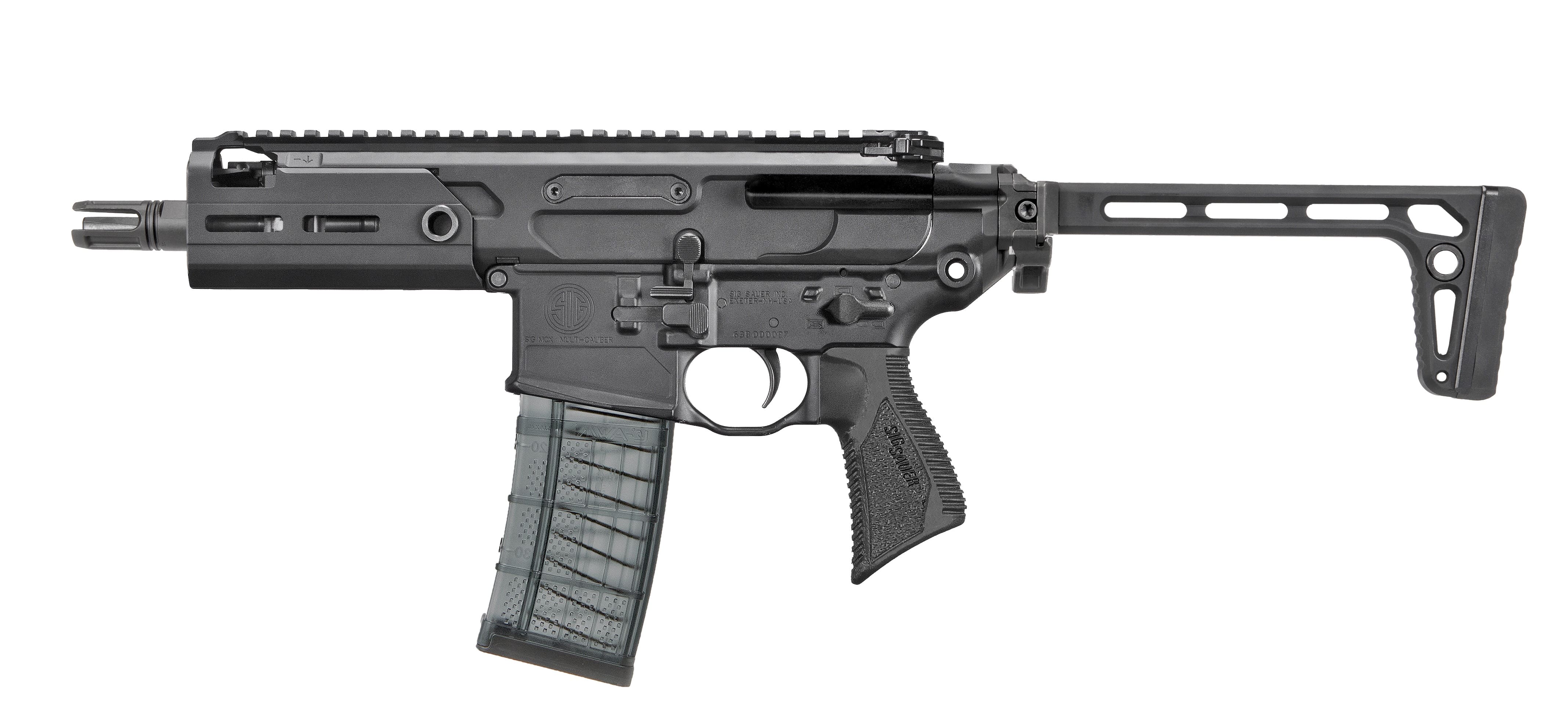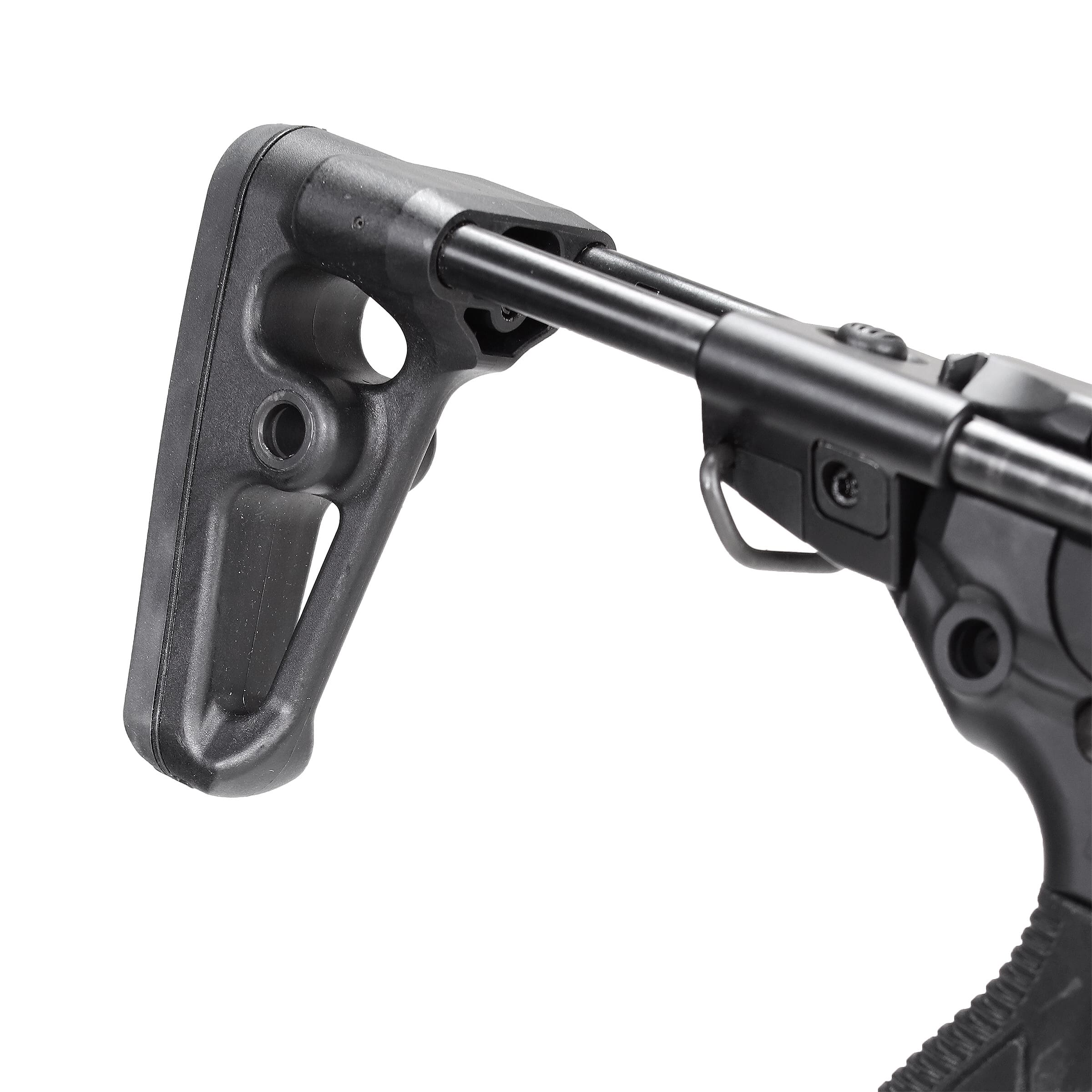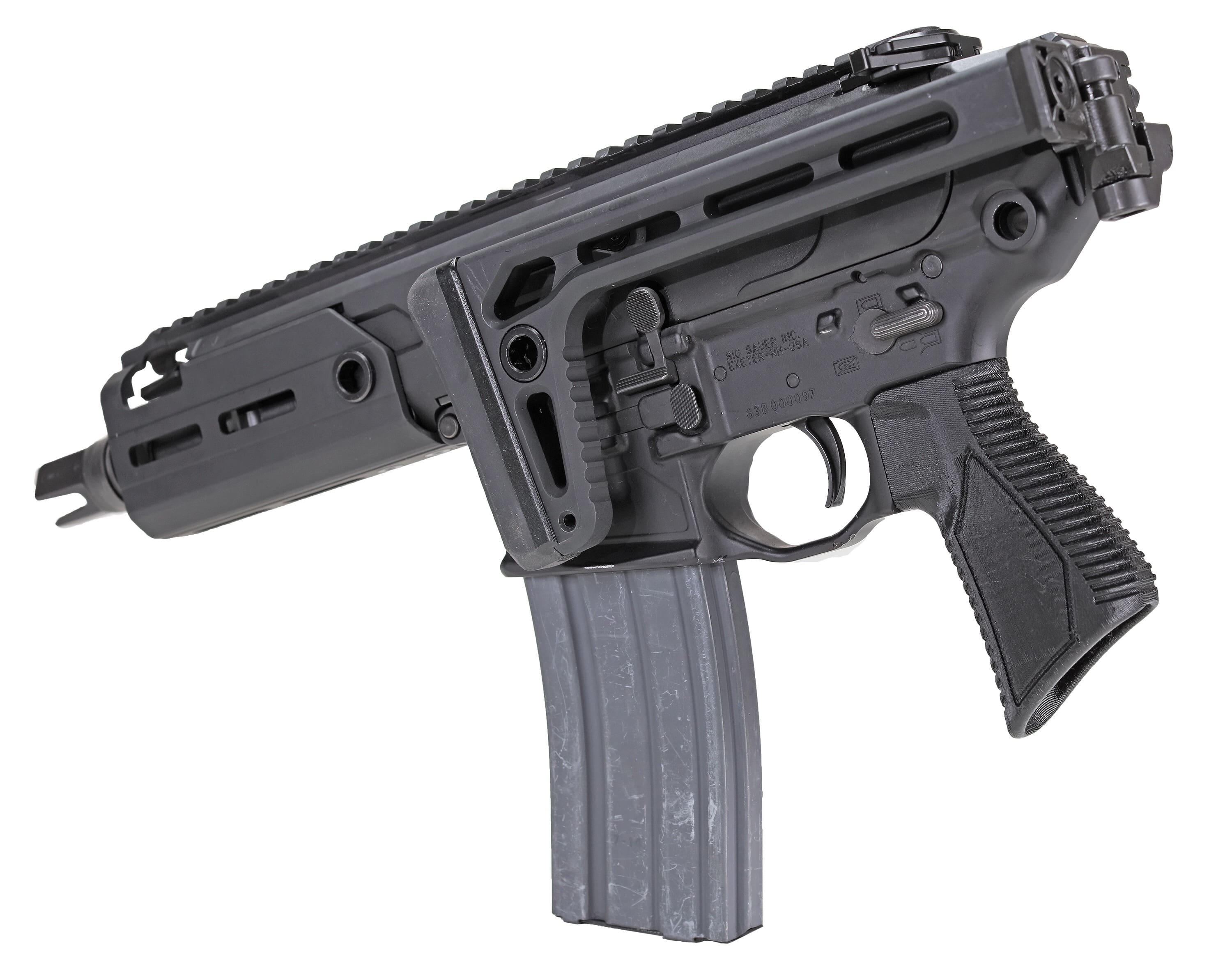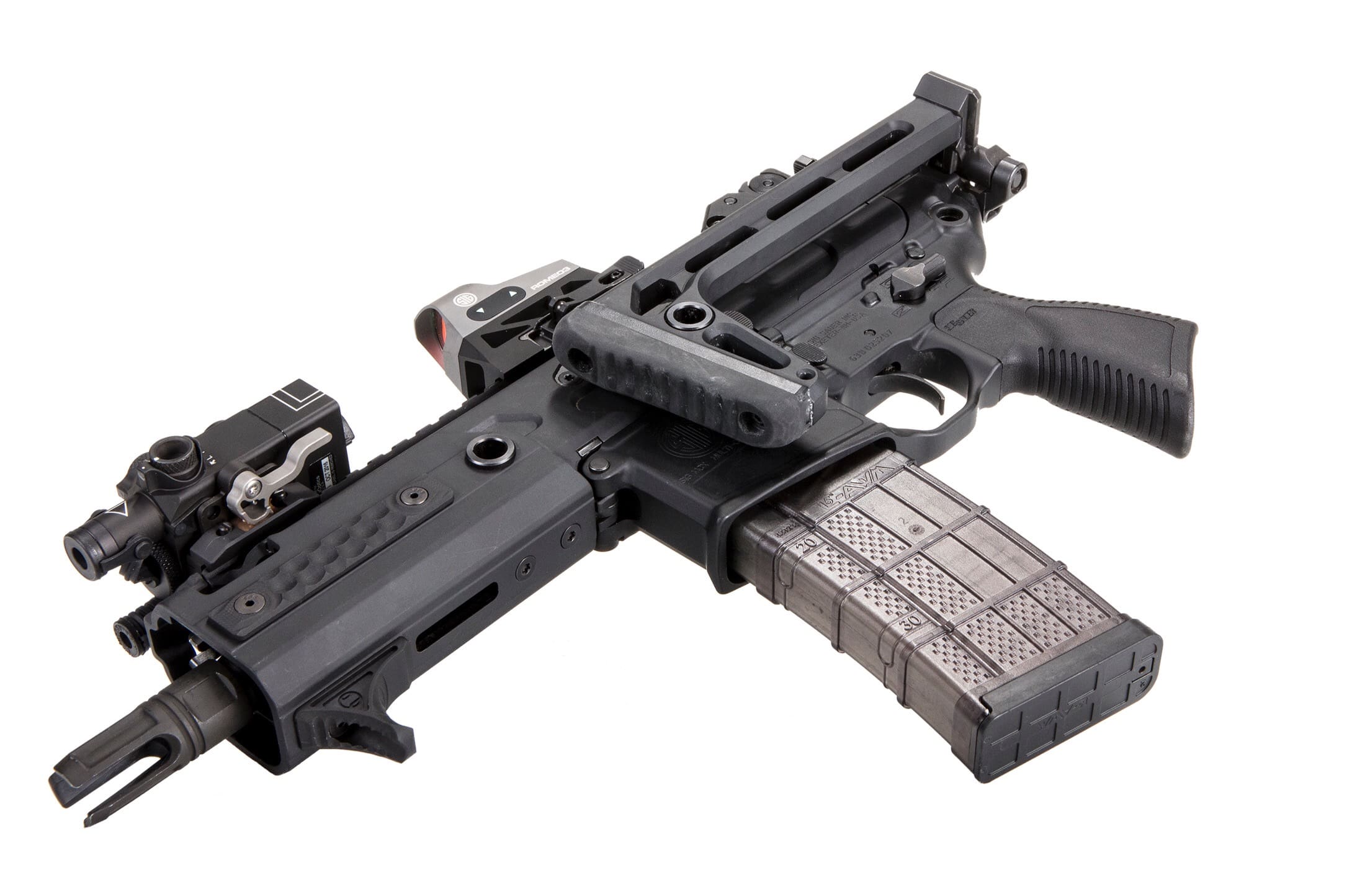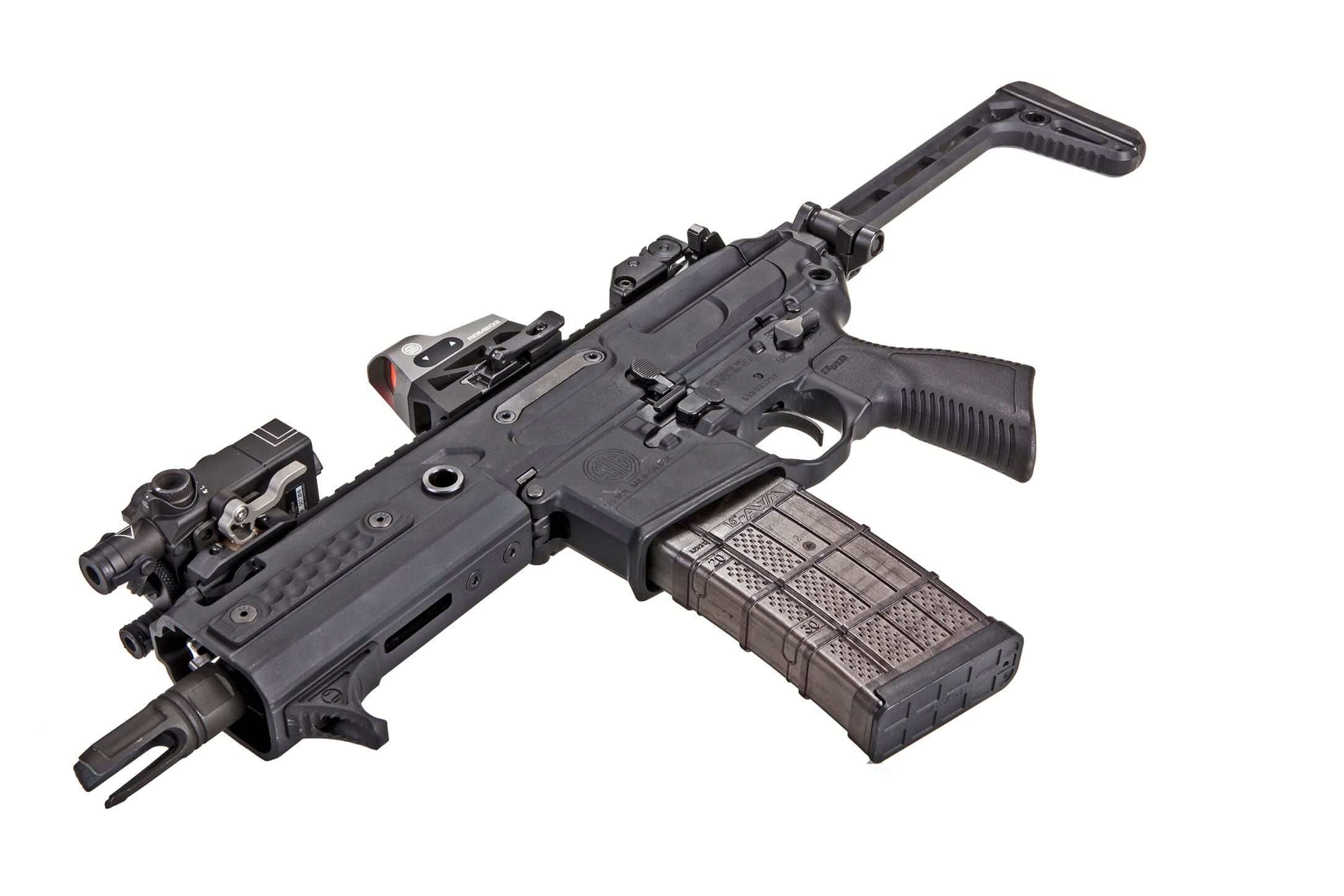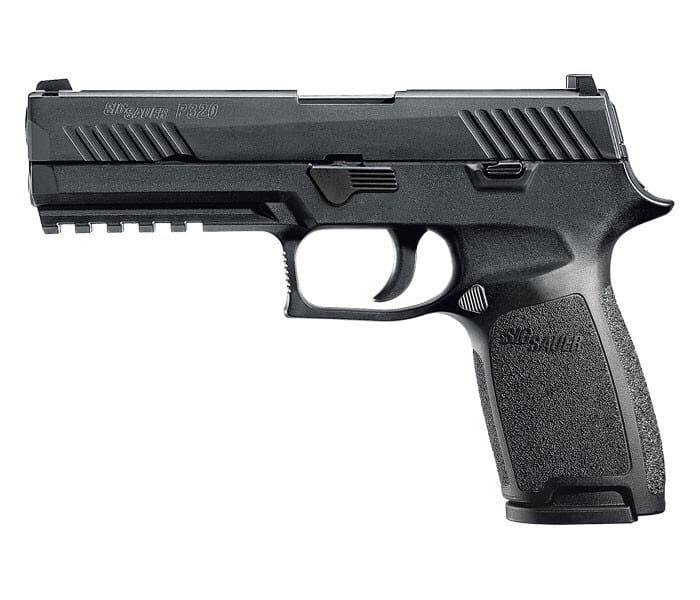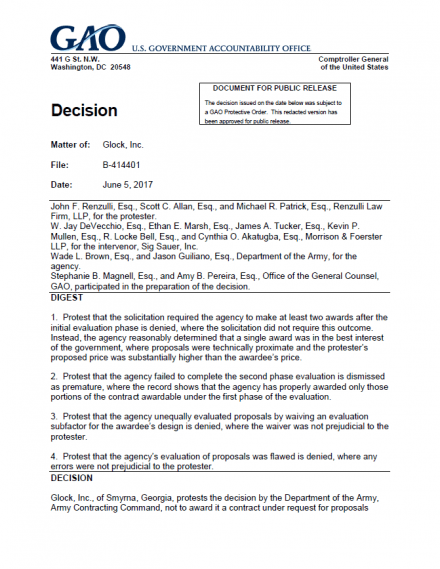In response to recent internet reporting on the safety of the SIG SAUER P320, the company invited us, and other members of the gun media, to their facility in New Hampshire to address the issues. Because the US Army’s new M17/18 Modular Handgun System is based on the commercial SIG P320, I wanted to find out if the M17 is safe for use by service members.
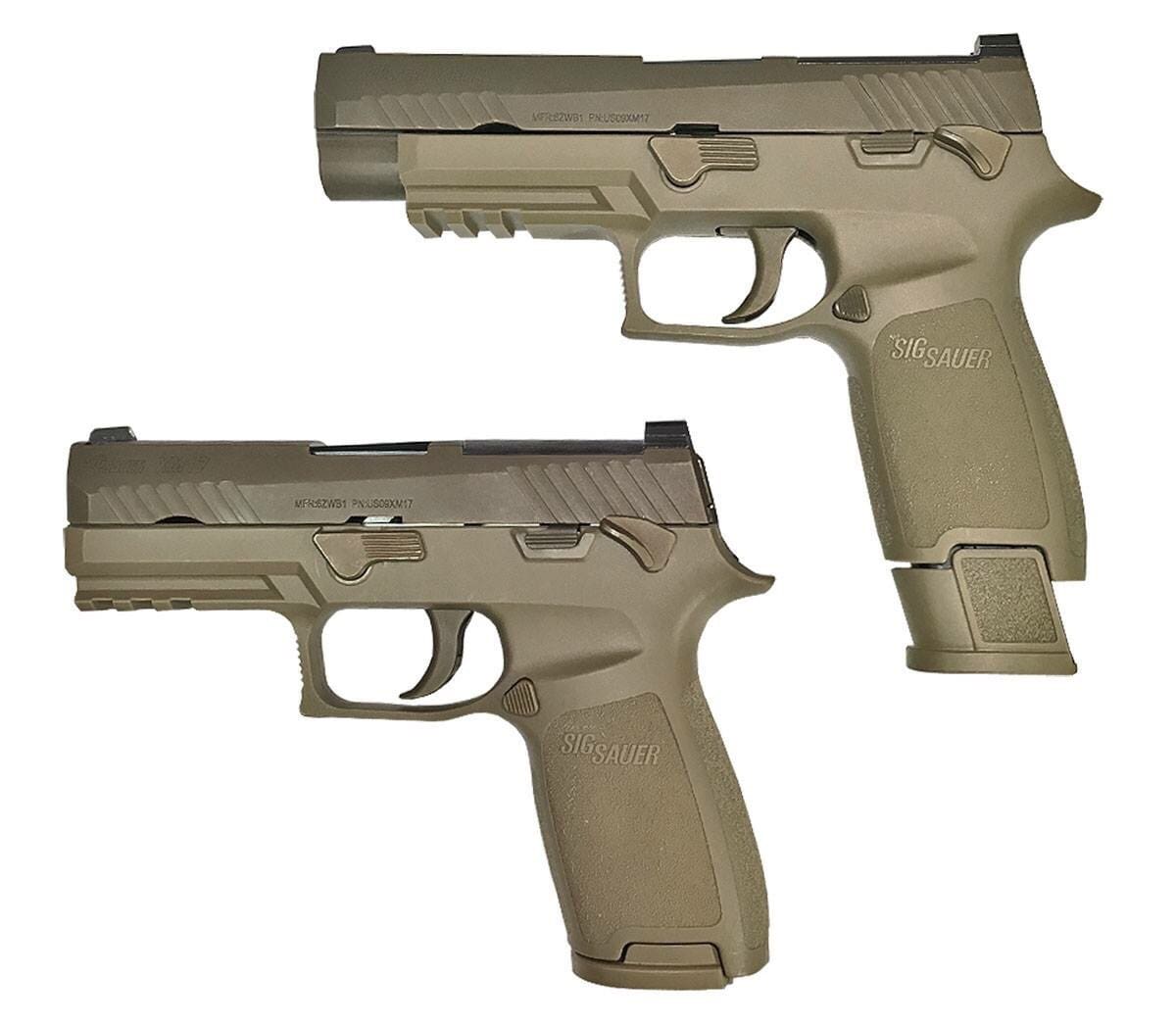
Bottom Line Up Front – SIG acknowledges that the commercial P320, used by armed citizens and members of Law Enforcement, may unintentionally discharge if dropped at a -30deg angle. Consequently, they will be offering a voluntary upgrade. SIG is hiring additional customer service reps to work on this. As I will discuss below, this issue does NOT affect the M17/18 Modular Handgun System.
Initially, the group met with CEO, Ron Cohen. He was very direct and got right at the heart of the matter. Cohen began by stating, “SIG spends a lot of money on developing and producing products.” He went on, “We spend more on product development and testing than anyone else in industry. Most companies spend between 1.1-1.3%, but we spend 4% of our budget on product development.”
“Our customers make us who we are. They constantly drive us to make ourselves better.”
Ron Cohen
“The conversation of safety is complex,” said Cohen, “It has many layers.” For years, Ron Cohen didn’t want to develop a striker fired pistol. He worried about safety in disassembly as well as accidental discharges and didn’t want to disassemble the handgun by pulling the trigger. Consequently, it took 10 years to design and build a striker fired pistol. Instead, they relied on their tried and true SA/DA architecture.
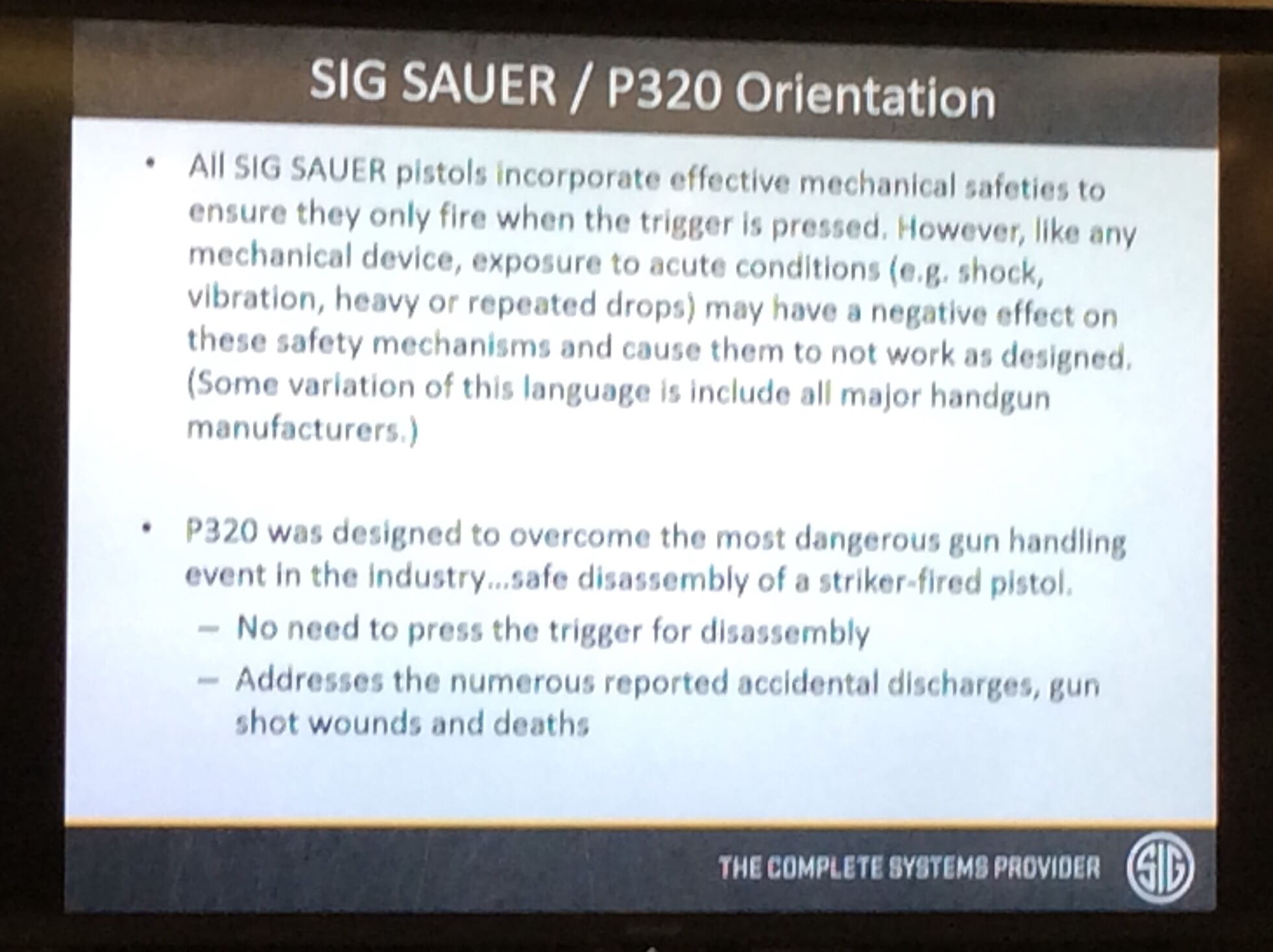
“Drop safe,” Cohen explained, “Those two words don’t exist together. No gun is drop safe. It’s a function of angle, height and surface. If you build it completely drop safe, you legitimize mishandling. Inherently guns are not meant to be dropped, and are unsafe when dropped.”
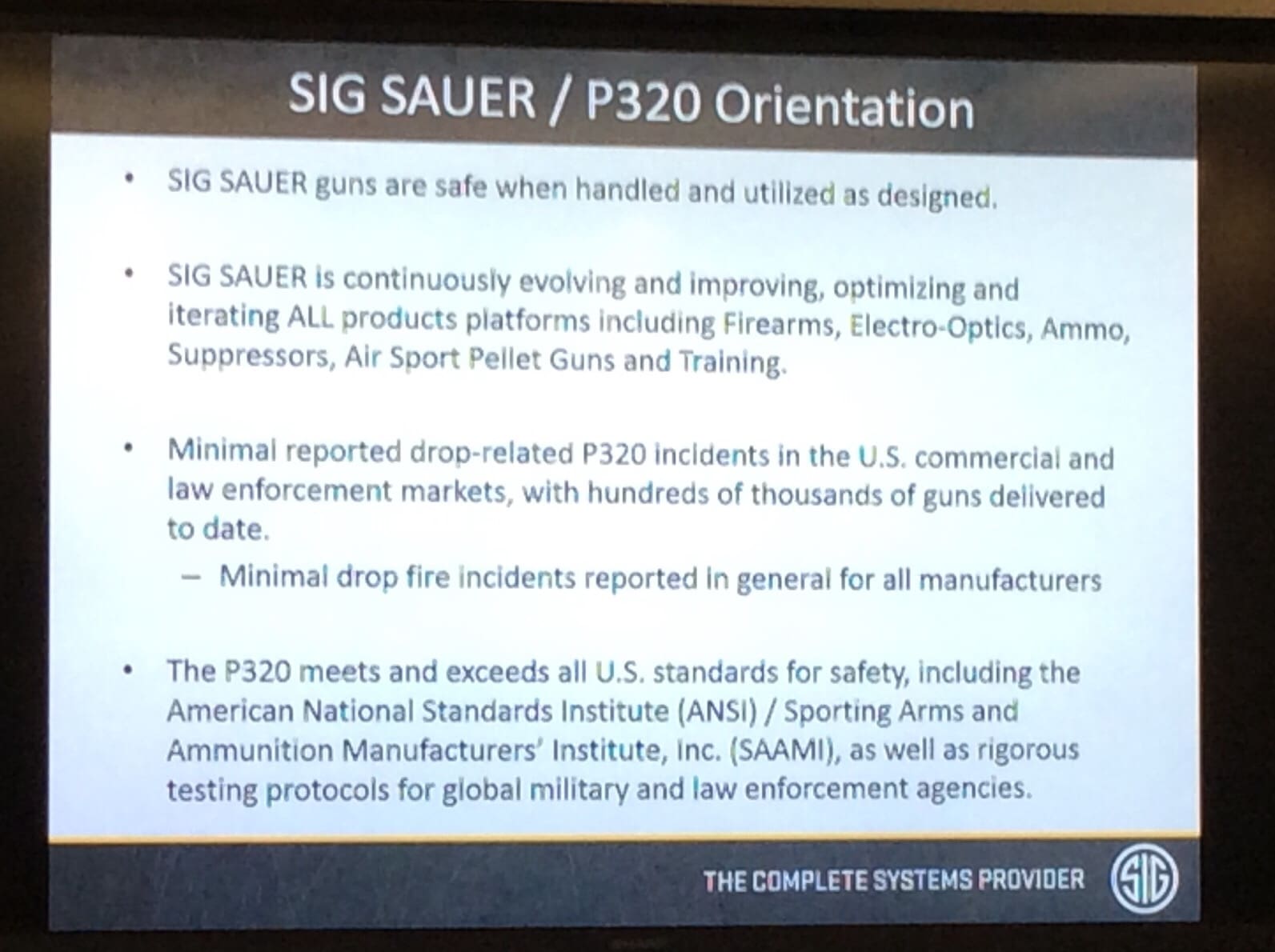
All SIG pistols, including the P320 are tested to the following industry and government standards: ANSI/SAAMI, NIJ, FBI/DOJ, TOP, Massachusetts, and California DOJ as well as various others. They are very specific tests, most of which are conducted by outside labs. The P320 has passed all of those tests. Unfortunately, they don’t test the pistol’s performance when dropped at a -30deg unto concrete. They could drop test a pistol in every conceivable combination of angles on three axes, but that’s 46,000,000 different ways. Consequently, manufacturers build to a standard.
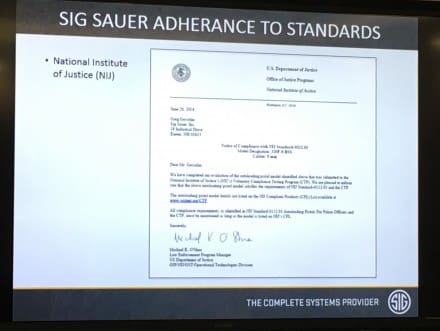
When asked if the existing testing protocols were good enough, Tom Taylor, Executive Vice President of Commercial Sales replied, “not for us.”
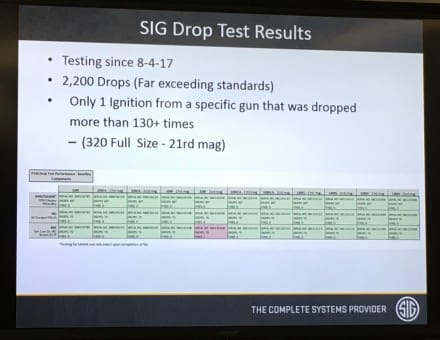
To that end, SIG engineers spent the weekend conducting 2,200 drops using 11 pistols across three different test protocols. They included dropping the pistol at a -30deg angle. Interestingly, they learned that a beavertail doesn’t completely mitigate the danger of an unintentional discharge but it does help by absorbing some of the impact.
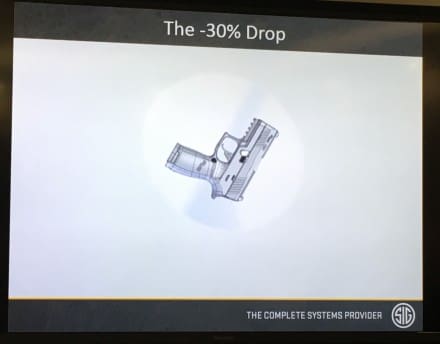
We were able to examine the test apparatus and demonstrated three drops each with three compact P320s equipped with the Enhanced Trigger. There were zero unintentional discharges.
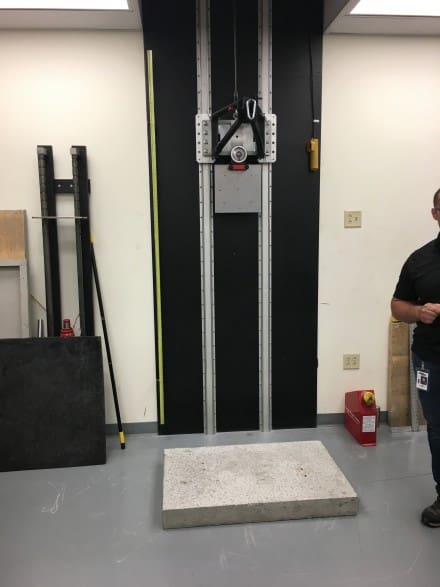
While the MHS passed DoD’s TOP 3-2-045 test with the trigger currently in the commercial P320, SIG proposed an enhanced trigger via Engineering Change Request E0005. As it didn’t result in additional cost to the government and only improved the firearm’s performance, M17s currently being delivered to the US Army have this trigger. Additionally, this trigger also eliminates the “double click” felt during P320 trigger pull.
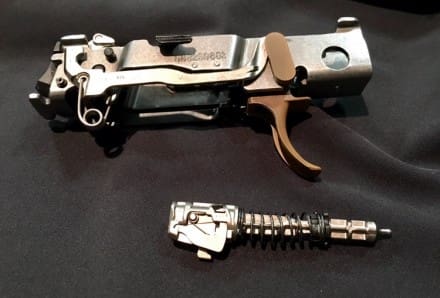
Although SIG was already working toward introducing the MHS-inspired Enhanced Trigger to the P320, this -30deg drop issue has hastened their effort. They have lightened the Trigger, Striker and Sear by about 30% overall and added a Disconnect (commercial only, not MHS). The trigger pull weight is unaffected, but rather the trigger part actually weighs less. The reason they lightened those parts is to mitigate the momentum gained by the heavier parts during a drop.
Taylor laid it out, “There is a vulnerability with the P320 at the -30deg drop.” They plan to incorporate the trigger enhancements for the M17 into the P320. They’d been working on them, but implementation wasn’t imminent. Based on what they’ve found, that has been accelerated. Details on their voluntary upgrade program will follow soon.
I want to put this perspective. Since it’s introduction in 2014, they’ve sold around 500,000 P320s. There are three recorded cases of unintended discharges in LE channels . There is one additional commercial incident which I am familiar with but was not formally reported to SIG. That’s four known incidents from 500,000 weapons, many of which are used on a daily basis. Additionally, those incidents have all been within the last year.
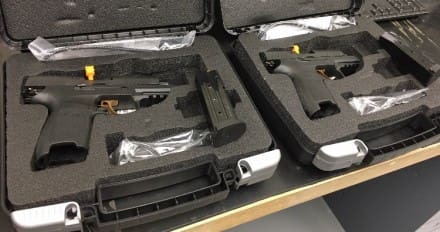
Tom Taylor finished up with this statement, “We believe it’s the safest striker fired pistol on the market. We built it to address the most dangerous scenario.”
My take is that despite building their pistols to industry standards, SIG has acknowledged the issue and is taking steps to fix it. They didn’t waste any time. They’ve stopped commercial production of the P320 and are concentrating on the upgrade. It’s going to be more than just swapping parts. The slide and frame will need some work as well so the pistol will need to go back to SIG. Details will soon follow on how to participate in the voluntary upgrade program.


